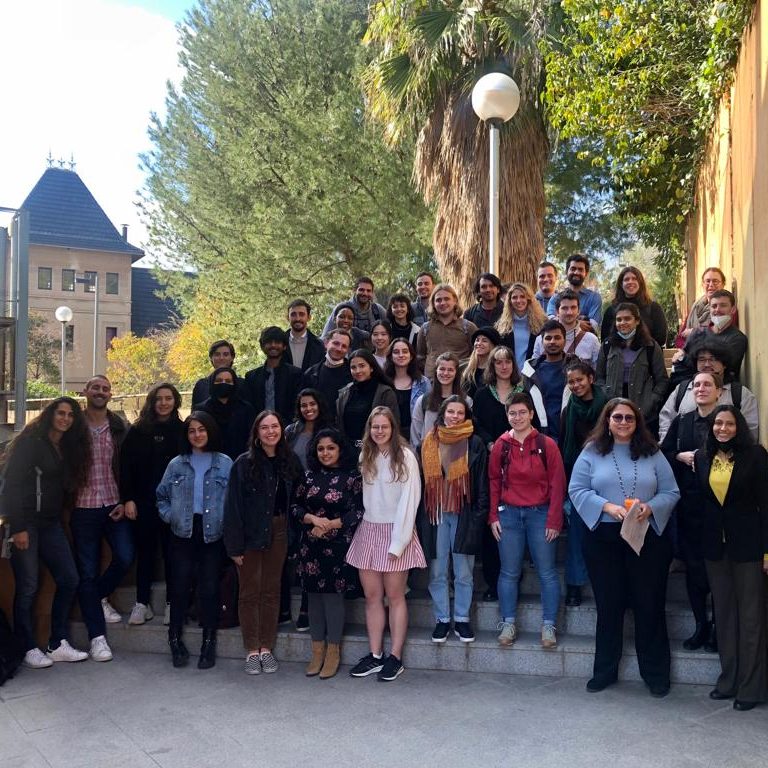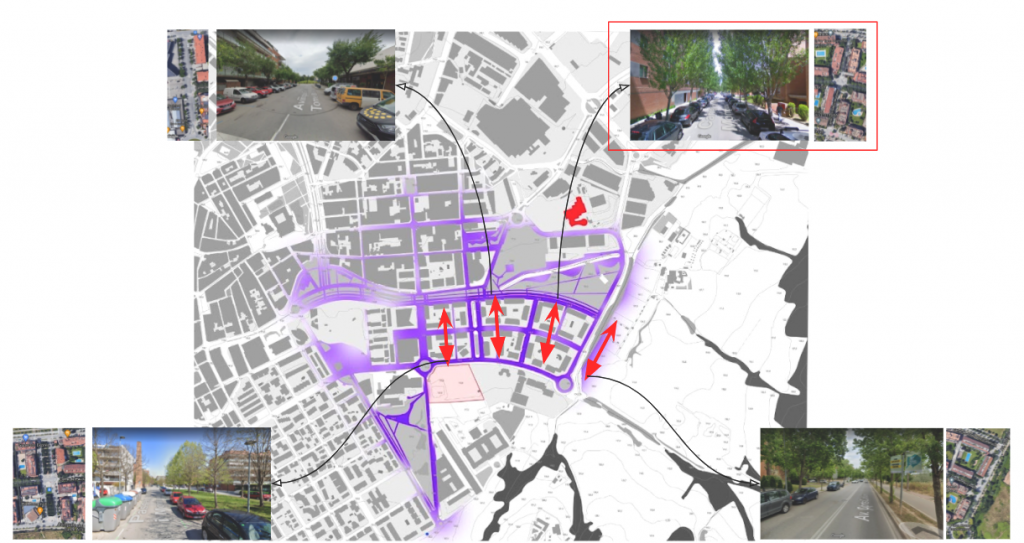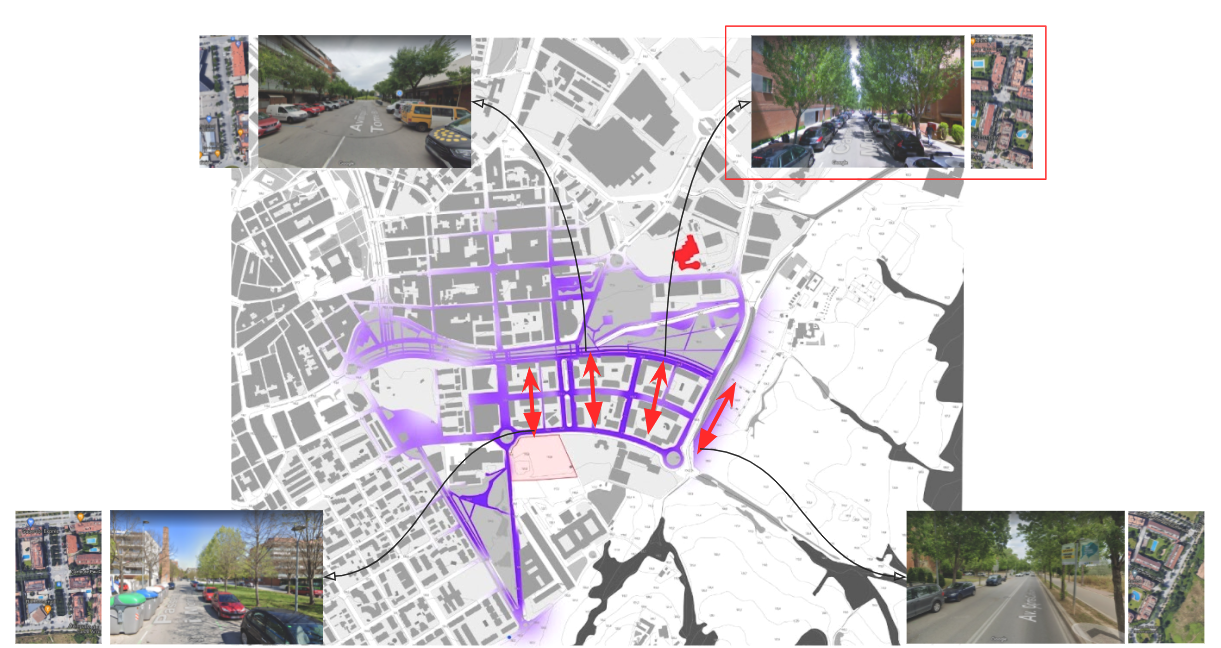This is an academic workshop organised as part of the Master’s Degree in International Cooperation: Sustainable Emergency Architecture at UIC Barcelona. The case studies include examples of the transformation of existing public facilities as population reception centres and the design of a new typology of emergency shelters. Sant Cugat City Council and the Directorate-General for Civil Protection of Catalonia have also collaborated on the university initiative.

Around twenty students from the University Master’s Degree in International Cooperation: Sustainable Emergency Architecture at UIC Barcelona took part in an academic workshop with the aim of contributing to research into first-response shelters and temporary housing in the event of natural or man-made disasters. The workshop has been led by the master’s degree director, Carmen Mendoza-Arroyo, and the architect and lecturer from the New York Institute of Technology, Farzana Gandhi. In addition, the head of Civil Protection from Sant Cugat City Council, Antonio Royo, and the head of Risk Prevention Research from the Directorate-General for Civil Protection of the Catalan Government, Núria Gasula, have also collaborated on the initiative.
Divided into groups, the students worked for two weeks on their case studies, which were based on the rapid transformation of existing public facilities (sports halls, educational facilities, etc.) that can be used as temporary shelters in case of emergency, as well as the design of new facilities for flexible use as shelters in emergency situations.
The students’ proposals form part of specific disaster response research and incorporate detailed scheduling plans according to the type of disaster, including isolation or evacuation protocols, energy and communications programmes, and attending to the basic needs of the affected population (shelter, food, water and sanitation).
In order to conduct the case studies, the students carried out an exhaustive on-site analysis of the proposed locations and their urban setting. This analysis included demographic research, investigation of urban infrastructure typologies and their use, study of urban mobility patterns, in case safe evacuation routes were needed, as well as meteorological aspects related to sun and wind patterns.

A holistic response to the emergency
The methodology of the workshop was based on developing first response and/or temporary evacuation shelters for the population, taking into account not only the architectural scale but also the urban scale and the cultural and social aspects, all of which are fundamental for working on the prevention and awareness necessary in the event of an emergency.
The case studies look at the underlying risks that may occur before, during and after a hypothetical disaster, with particular emphasis on assessing and caring for the affected population and on risk and crisis communication. In addition, the development of the design of temporary shelter typologies provides practical architectural and urban guidance that includes specificities for each emergency case, relational issues, as well as materials and construction issues.
“Our planet is changing rapidly due to climate change and global warming, and scientists expect sudden-onset weather-related disasters to increase in intensity and unpredictability. Hence the importance of investing time into this type of research and into how to improve prevention and provide solutions for the good of the population when emergency strikes”, explained Carmen Mendoza-Arroyo.
“We are very pleased to have been able to collaborate in this academic workshop and to contribute the knowledge of the Sant Cugat Civil Protection service. We are sure that new studies will emerge from this shared experience that will help make our cities more resilient”, says Sant Cugat’s councillor for public safety, Francesc Carol.
“There are serious risk situations that can evolve and affect the exposed population very quickly, and this can be accentuated by natural hazards due to climate change. Having facilities or buildings close to the population that can function as a safe refuge can be very important for guaranteeing protection in these situations. In this collaboration between civil protection and the University, solutions have been explored for four real cases associated with the risk of forest fires and chemical risk that can help us to create and recommend construction standards for this type of facility”, explains Núria Gasulla.

